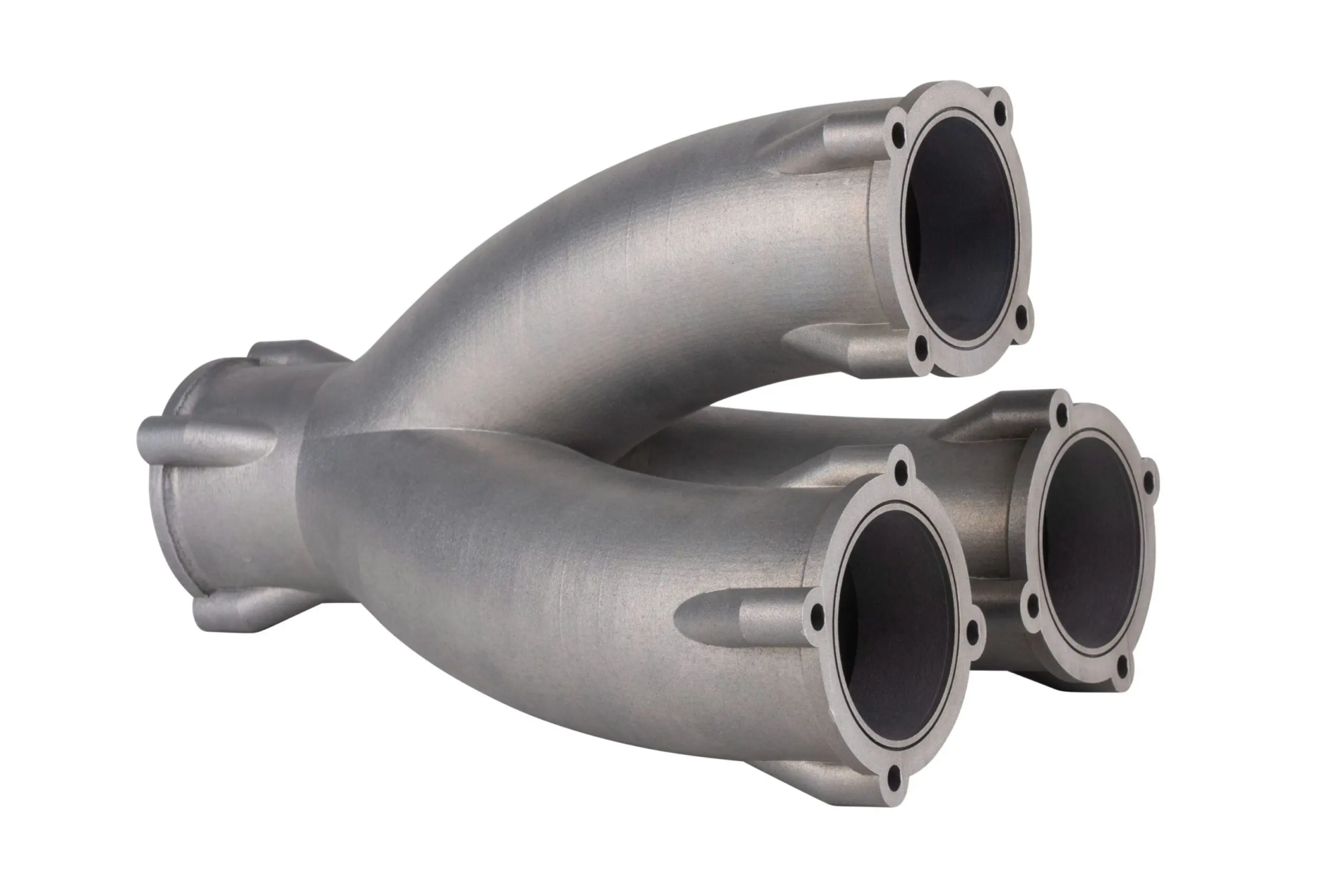Printed: A low-cost, open-source 3D printer, specifically designed for high-throughput, multi-material Diw.
Guide:In the field of emerging biological manufacturing and soft materials engineering, direct ink writing (DIW), as a universal and scalable 3D printing method, has attracted increasing attention. It can handle a variety of viscosity and chemical ink, covering diversified applications such as biological tissue printing, soft robots, electronic materials and super structural materials.
However, most commercial DIW printing platforms are expensive (often ranging from $10,000 to hundreds of thousands of dollars), and the software and hardware ecosystems are usually closed, making it difficult to do secondary development or make great personalization in academic research. Additionally, today’s open source biological printer often uses simple modifications of commercial equipment such as plastic 3D printers.
To promote wider application and innovation,Stanford University research teamFrom lower thought I developed a name called“Printaiss”3D printing platform: Open source hardware, assembly cost only concerns$250It can support a variety of printing modes and materials to open a new situation to achieve fast soft and flexible materials and biological printing.
The printable is a compact, lightweight and easy to assemble open source diw platform. It is composed of six linear actuators, a microcontroller, two injection pump extracts and low-cost 3D printing and laser cutting components. The movement precision of the platform is as high as 10 microns, which can support a variety of advanced DIW technologies, such as multi-material gradient printing, integrated printing and active hybrid process.
Compared to commercial alternatives, print offers greater flexibility. The system uses a modified version of Marlin firmware, the Reprap Rumba+ control board, which is compatible with Slice Common software. The modular design allows it to be assembled within one hour and has a volume of 80 × 80 × 80 mm, which is specially optimized for small and high printing. The following is a detailed explanation of its multi-mode printing capability:
1. Active Mix Print
Thanks to the built rotating wheel, the produced print reaches active mixed printing. This model can adjust the ratio of materials in real time during the printing process, generate gradient materials or Janus filaments, and is suitable for the development of multi-functional materials. By mixing the two bioinks in the same printing filament, multi-phase tissue containing different dyes or cell types can be printed.
2. Multi-snout printing
Equipped with multi-snout (MM3D) print head, which greatly improves parallel printing efficiency, while quickly supporting different materials in the filament. Through the diversion design of 8 or 32 nozzles, fast switching and high flow rate of multi-materials can be achieved. Printing instances include the extension structure of mixed hard and soft silicone. In the stretching test, the structure shows the tunable poison ratio and stretching performance, showing its potential in super material design.
3. Integrated printing
The print supports the construction of a complex soft structure in the supporting medium of self-healing fluid, and easily handles the printing needs of complex geometric shapes and flexible materials. Successfully prints complex 3D structures in self-healing support media such as carbopol, such as Stanford rabbit models, and printing functional components such as the heart valve.
In addition, the printing platform has a very flexible modular design and can quickly adapt to various experimental needs. The user can quickly replace the component and optimize the print setup via a flexible interface such as a loop syringe holder and a custom bed.
The total cost of the printed printer is about 250 US dollars (equivalent to about 1,800 yuan). Design files, assembly instructions and firmware have been published on GitHub.
Using Print, a 3D printing platform built from the bottom up, researchers have successfully achieved low-cost, multi-material, multi-mode direct-ink drafting methods, providing a new open ecosystem for biological printing and soft materials development. This will enable more researchers, educational institutions and even individuals to afford the biological 3D printer and accelerate the application and innovation of the technology in a wider field.
In 2025, the biological 3D printer may usher in a wave of price reductions.





